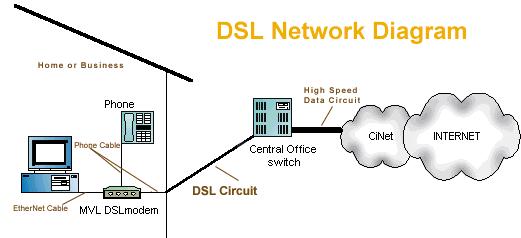

Home users
It is readily apparent to teens, seniors, teachers, and professionals in all fields, that the Internet is where it's happening! The use of web sites, home pages, FTP, chat areas, URLs, E-mail, has grown at a tremendous rate. The taste for graphics, sound, live interaction, two way video, and ubiquitous entertainment are already unsatisfied. Demands for better and quicker and richer and prettier, are placing demands on the local telephone infrastructure as nothing ever has in the past! The Internet is certain to be as pervasive as the telephone itself; and the demand for megabit rates bandwidth right to the desktop device is certain
Businesses
Businesses have had an equally intense preoccupation with the Internet. Businesses are currently formulating plans to use the Internet as an integral part of their networking strategies, with customer and vendor interactions, advanced web site developments, and more. On top of this, is the move towards corporate-wide Intranets. Intranets are internally developed and deployed intra-company networks that operate in essentially the same way as the Internet itself. Major graphic intensive applications, video, sound clips, large scale database deployment, and more, are all becoming mission critical for businesses as they develop revolutionary new business models. Businesses are also implementing new applications, which, by their very nature, greatly expand the need for bandwidth capacity. These include collaborative processing applications as well as desktop video conferencing, transmitting large graphic files, and real time computing.
| Home • Search • Services • Support • Contact • Info |